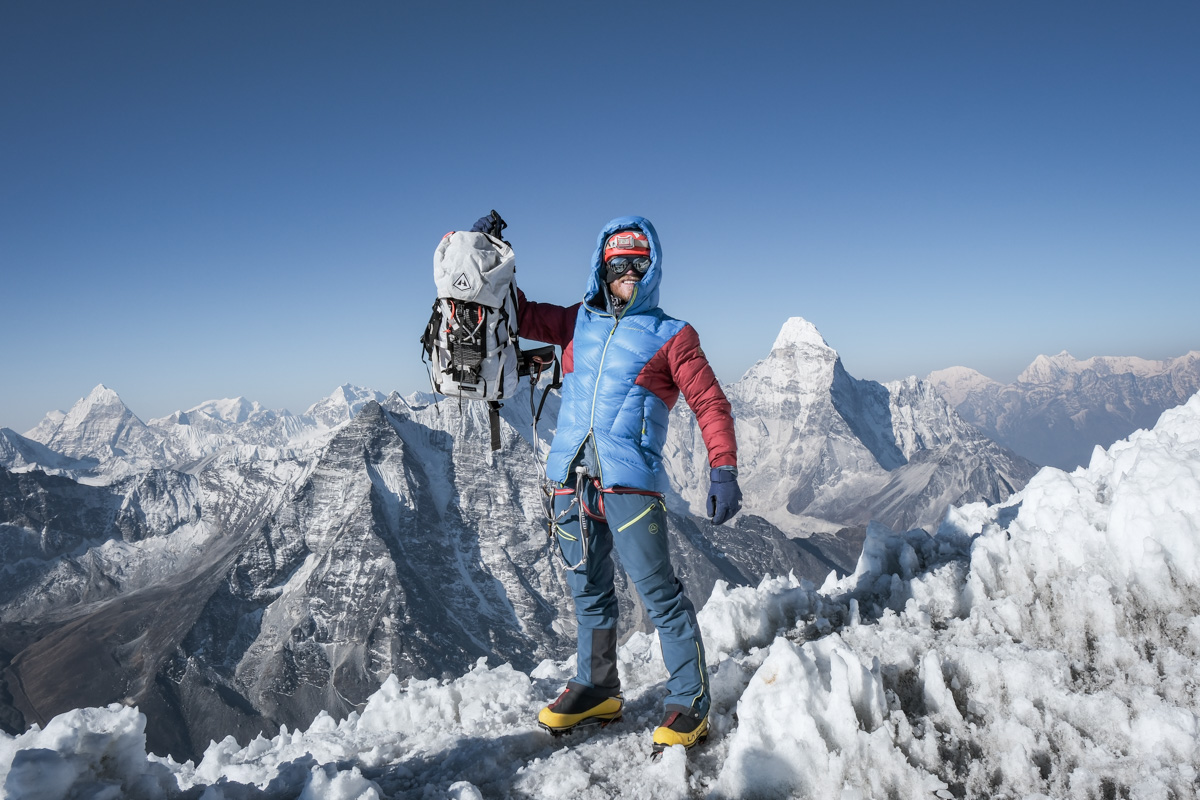
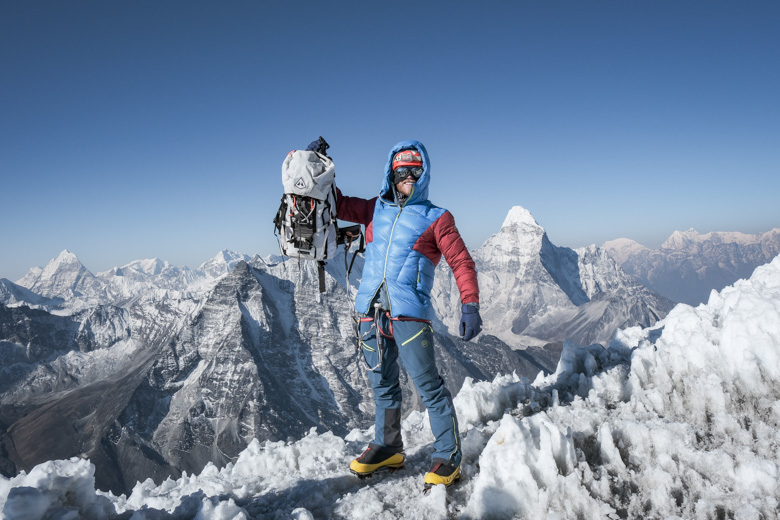
Price: $425
Weight: 2 lb. 11.5 oz. (size M)
Capacities: 55, 70L
What we like: Impressive feature set at a low weight; durable and comfortable under heavy loads.
What we don't: Flimsy load lifters, expensive, and one of the crampon cord hooks on our pack pulled off the bungee cord.
See the Hyperlite Mountain Gear Halka 55
Hyperlite Mountain Gear (HMG) has long been a go-to for ultralight mountaineers, and their Halka 55L proves they’re still definitive leaders in the alpine realm. Built specifically for high-altitude pursuits and developed in collaboration with seasoned mountaineers and sherpas from Nepal, the Halka combines HMG’s minimalist ethos with a feature set tailored for serious ascents. I brought the pack on an 80-mile round-trip expedition in Nepal, where we trekked deep into the Himalayas before climbing the 20,226-foot Imja Tse (Island Peak). Over the course of that trip, I was able to thoroughly test the Halka’s durability, comfort, and organization while carrying a full load of both mountaineering and backpacking gear. Below, I break down my thoughts on the Halka 55L. To see how it stacks up to the competition, check out our article on the best climbing backpacks.
Editor's note: I tested the 55L Halka. It is also available in a 70L version, which includes side sleeves for carrying extra oxygen tanks, among other notable upgrades.
It's a rare Hyperlite Mountain Gear backpack that I truly love. If I'm honest, I have strayed away from traditional HMG packs popular in the ultralight backpacking world (the Southwest, Junction, and Windrider in particular) for a variety of reasons. The biggest of those reasons? Carrying comfort. Most HMG packs I've trekked with just don't carry as well as other UL packs in my arsenal, and I've never been impressed with the shoulder harness and load transfer. When given the opportunity to test the relatively new Halka 55 mountaineering pack on a full-blown high-altitude expedition in Nepal, I was admittedly skeptical. However, despite my past experiences, the Halka blew me away. The shoulder straps were adequately comfortable, the internal stays transferred loads well to the hips, and I felt like I was able to truly balance out the pack for comfortably toting its weight limit over 80 miles on rough terrain. Plus, it moved with me seamlessly while climbing technical pitches on a recent winter mountaineering trip in Colorado, and ticks all the boxes of a well-rounded climbing pack, with unique chops for high-altitude objectives. In short: color me impressed.
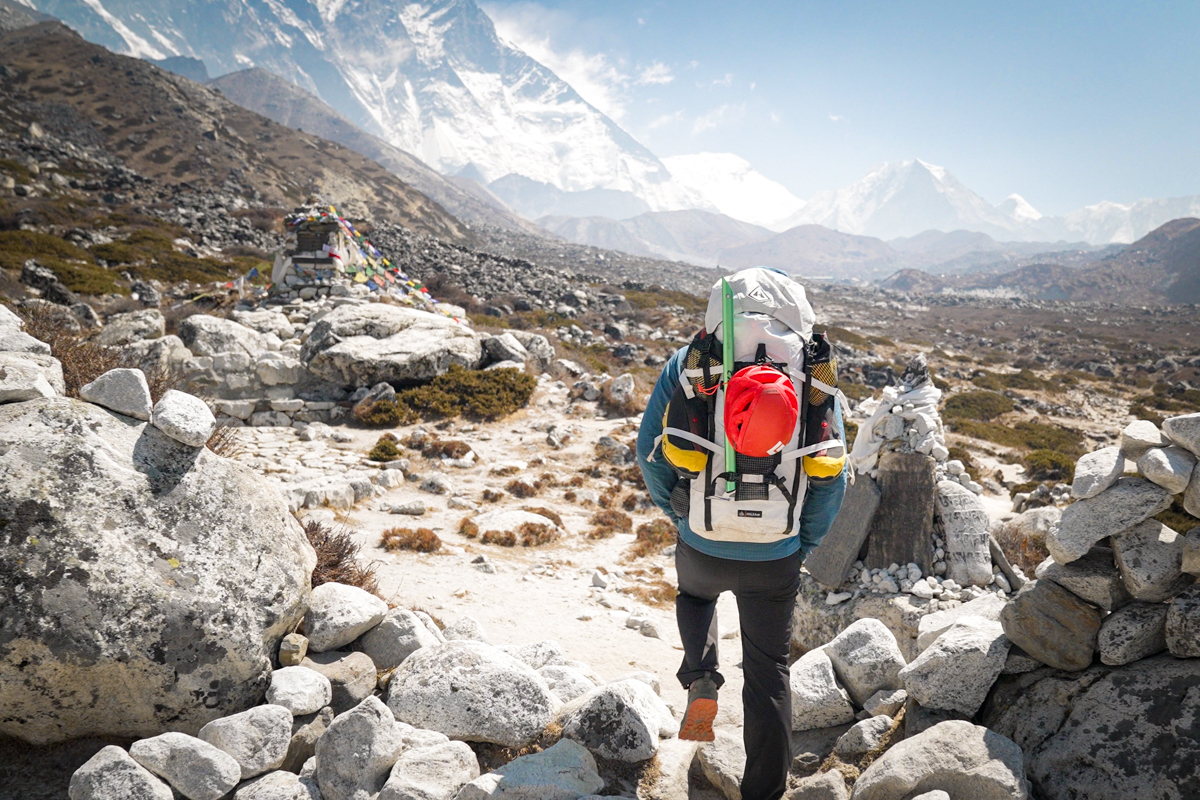
For starters, the pack features light but sturdy internal contoured aluminum stays and an adequate (but sparse) amount of foam padding on the back panel. Further, HMG included load lifters (often a rarity on ultralight and climbing packs), and the hipbelt is padded. This allows you to tweak the fit of the pack more than other HMG or ultralight packs, translating to a comfier carry over long miles. Although the Halka 55’s shoulder straps and hipbelt are lightly padded, I found it carried a heavy load surprisingly well. Over the course of around a month in the Himalayas, I never experienced any hotspots, chafing, or pressure points. Even when maxing out its 50-pound load limit with climbing gear, overnight essentials, and several days’ worth of food, the pack rode close to my back and remained impressively stable and comfortable. I even schlepped a clunky Sony FX3 Cinema Camera and bulky lenses dangling from a Peak Design Capture Clip on the left shoulder strap, which (with a bit of practice) distributed the absurd weight well and kept my shoulder from getting fatigued.
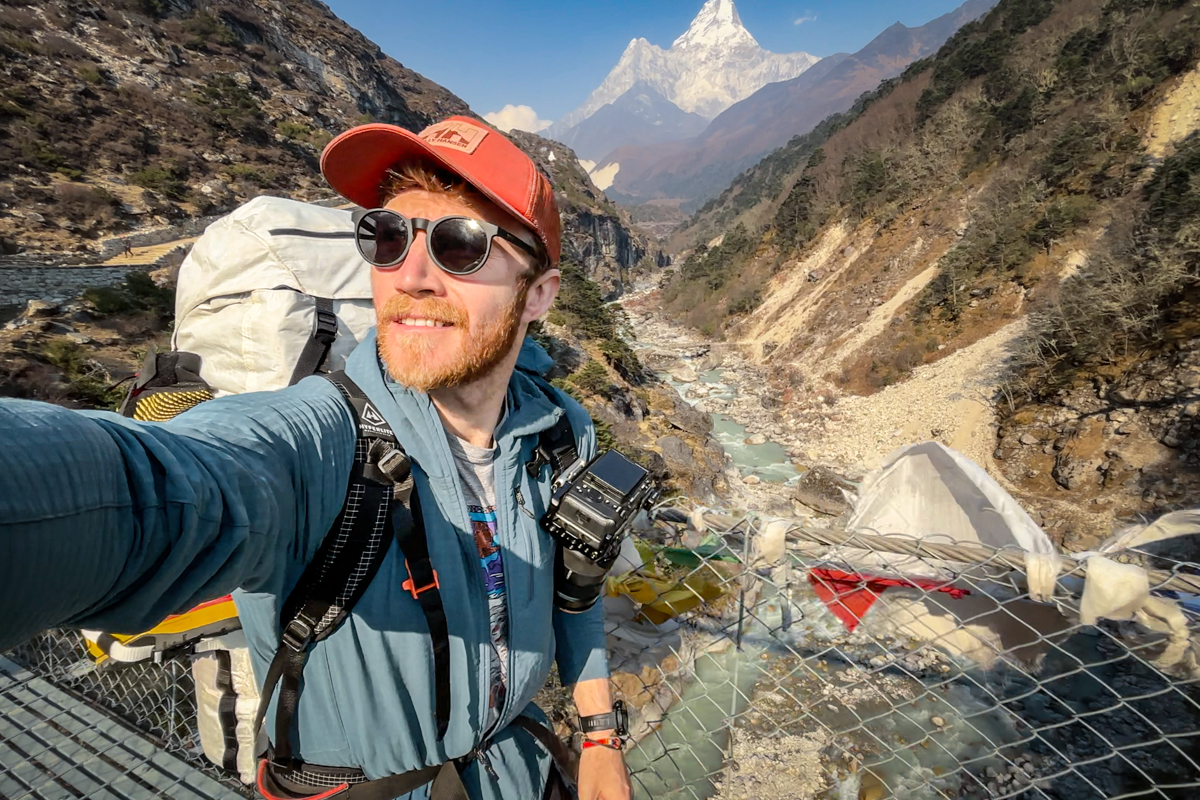
It's a tricky conundrum HMG faces, having to balance ultralight minimalism with adequate support, padding, and load transfer for hauling bulky climbing equipment over long distances. But they rose to the challenge with the Halka, striking an impressive weight of 2 pounds, 11.5 ounces for the medium-size 55L, and 3 pounds, 2.4 ounces for the medium 70L. No small feat considering the terrain and tasks they are crafted for. I was especially impressed by how well the Halka managed to carry heavy loads over long miles without ever feeling overly cumbersome. The internal aluminum stays did a great job of transferring weight to the hips, and despite its stripped-down build, the pack offered enough structure and support for multi-day objectives. It’s a rare combination: a pack this light that still feels capable and confidence-inspiring under the strain of a full alpine load.
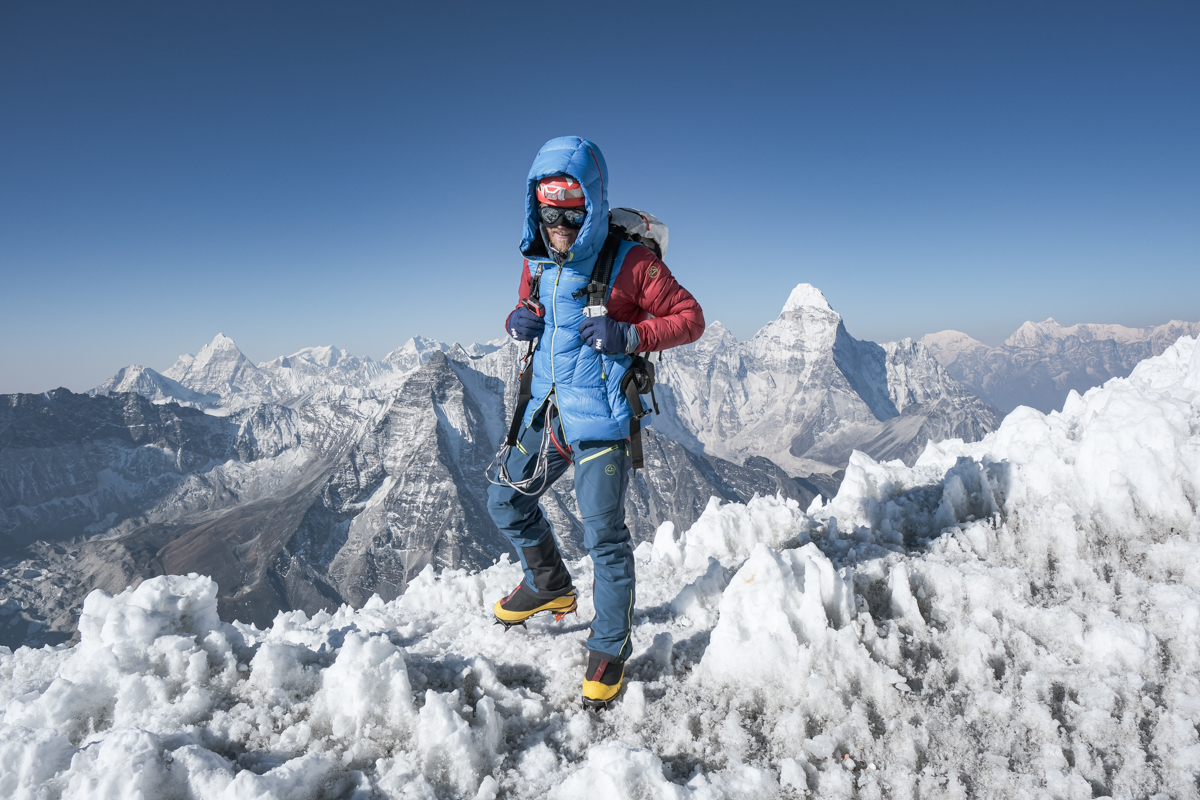
The true test for me with the Halka how well it climbed on technical pitches (both snow and rock) when fully packed out. I recently also got to take the Halka for a spin on a winter ascent of the West Ridge of Pacific Peak in Colorado, tackling steep snow and exposed granite faces in sub-optimal conditions. I came away overwhelmingly impressed by the packs ability to move with me as I contorted my body on balancy slab moves, tiptoed along petina edges, and slogged up deep snow while driving in pickets. While I kept the pack load well under 50 pounds for this one, it was still jammed full with layers, water, and food for our multi-day climb. Despite the light weight, the bag doesn't feel sloshy or unsupportive like some other ultralight climbing packs I've used in the past.
{"preview_thumbnail":"/sites/default/files/styles/video_embed_wysiwyg_preview/public/video_thumbnails/pIKbuGbvrq4.jpg?itok=qE1RyRFK","video_url":"https://youtu.be/pIKbuGbvrq4?si=J1nTeb4eSAUsxhtk","settings":{"responsive":1,"width":"854","height":"480","autoplay":1},"settings_summary":["Embedded Video (Responsive, autoplaying)."]}
Knowing I would be limited to one pack to haul all of my mountaineering gear, backpacking equipment, and filmmaking loadout for our month-long expedition in Nepal, I was hesitant to limit myself to 55 liters. I debated between that and the 70-liter version for a while, but eventually prioritized weight over space. Though I looked a bit like a junk show hobbling my way up the Khumbu Valley—axes, helmets, and cameras dangling all over me—I made it work, and the 55L toted the weight with ease. I barely dipped over the 50-pound weight limit, but was able to avoid most discomfort over the long haul. The Halka is decorated with just what you need for technical mountaineering and nothing more: dual ice axe pick pockets and a figure-8 crampon bungee, four external vertical daisy chains, shoulder strap daisy chains, a single internal daisy chain, extended side compression straps, a top Y-strap, a floating brain, and a removable/exchangeable hipbelt with a pocket and gear loop.
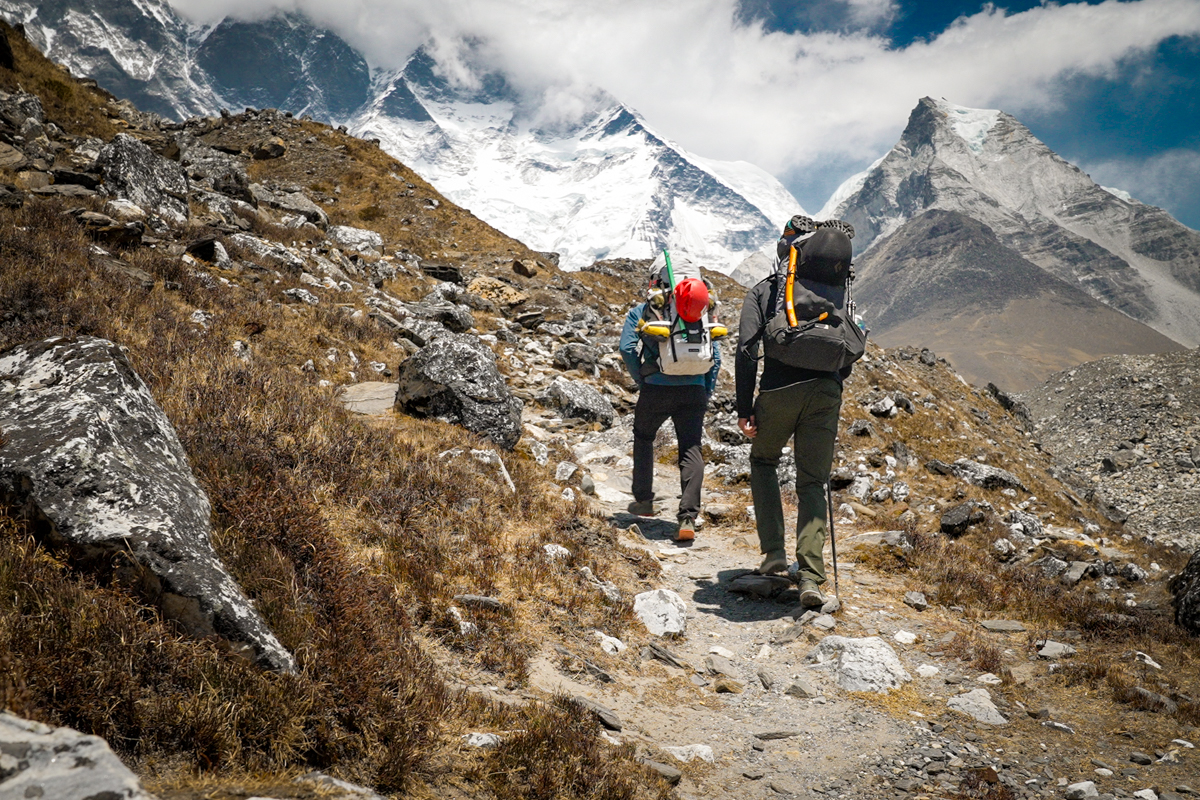
This layout allows you to strap most of your bulky climbing gear to the outside of the pack while leaving the internal volume for all other essentials. The internal daisy chain on the 55L is designed to secure an oxygen tank with Voile straps (sold separately), and side sleeves for carrying more tanks are featured on the 70-liter version. A pretty unique touch, setting the Halka line apart from most other climbing packs, and slotting it squarely in the high-altitude camp for those pushing above 6,000 meters in the greater ranges.
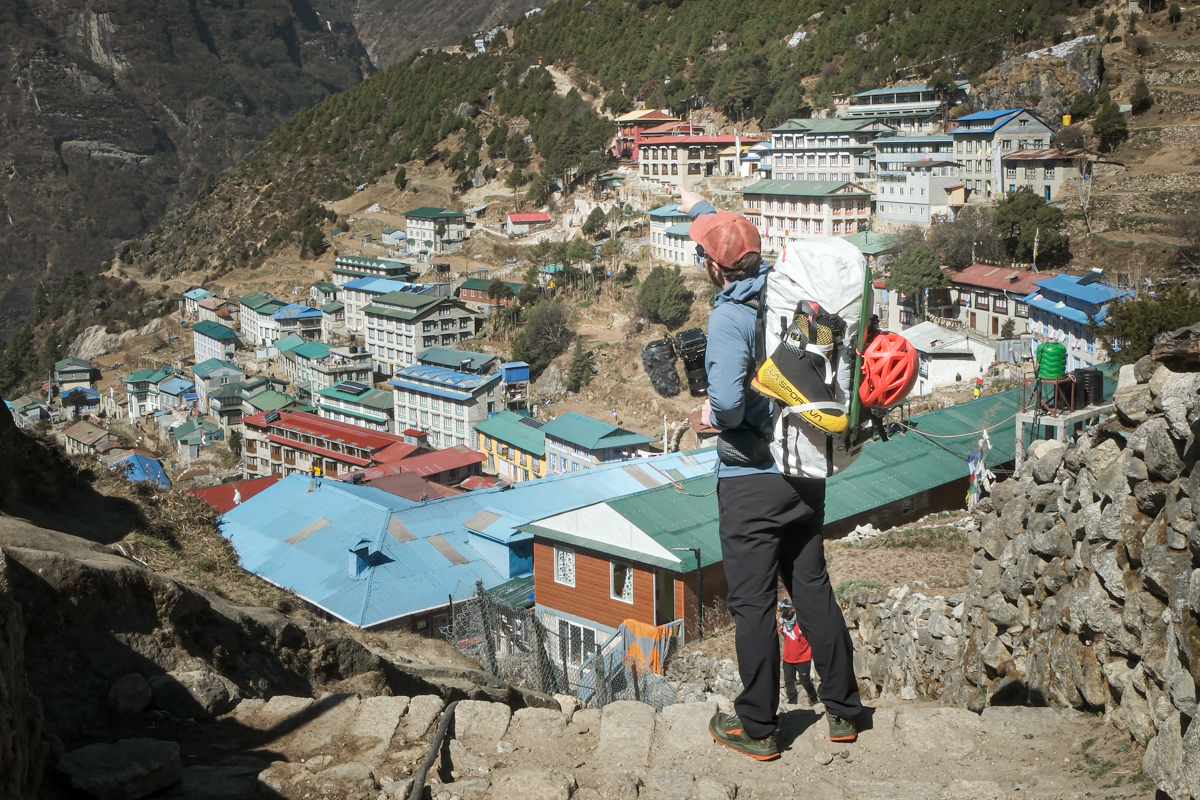
In line with most other HMG packs, the Halka 55 doesn't boast much in the ventilation department. The back panel has very few channels for airflow, and the two channels that do exist run vertically. That said, the 3/8” closed-cell foam and spacer mesh along the shoulder straps does an adequate job at managing moisture buildup. Dyneema is quite rough and doesn't wick moisture as well as materials used on other climbing packs. The popular Osprey Mutant, for example, has a “Snowshed” backpanel built to resist snow buildup, and is pretty effective at wicking moisture. In the end, the Halka is designed for high-altitude pursuits in colder temps with a relatively light baseweight, so ostensibly you wouldn't be working up too much of a sweat. While climbing at cooler altitudes I experienced no overheating, but sweat built up pretty easily along my back and shoulders on hot approaches at lower altitudes. Keeping your load weight low helps minimize this.
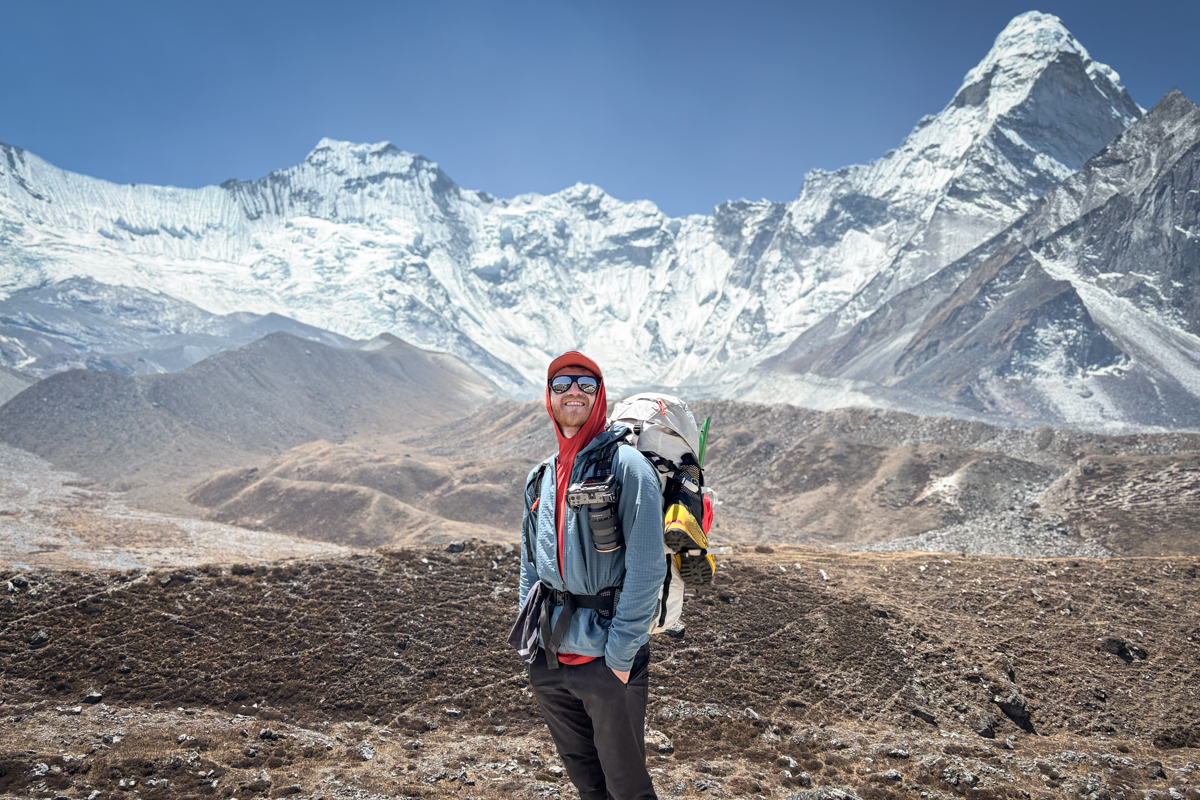
The Halka 55 left me impressed with its overall build quality and long-term durability. I put it through the wringer on demanding alpine missions in both Nepal and Colorado, dragging it over sharp granite, abrasive ice, and plenty of rough trail miles. Despite all the abuse, I walked away with zero rips or tears in the main fabric—something I can’t say for many other ultralight packs I’ve tested. Hyperlite’s use of DCH150 and 210D nylon offers a smart balance of weight savings and ruggedness. It’s a dialed construction that feels purpose-built for the alpine, offering serious peace of mind when you're deep in the mountains with your life on your back.
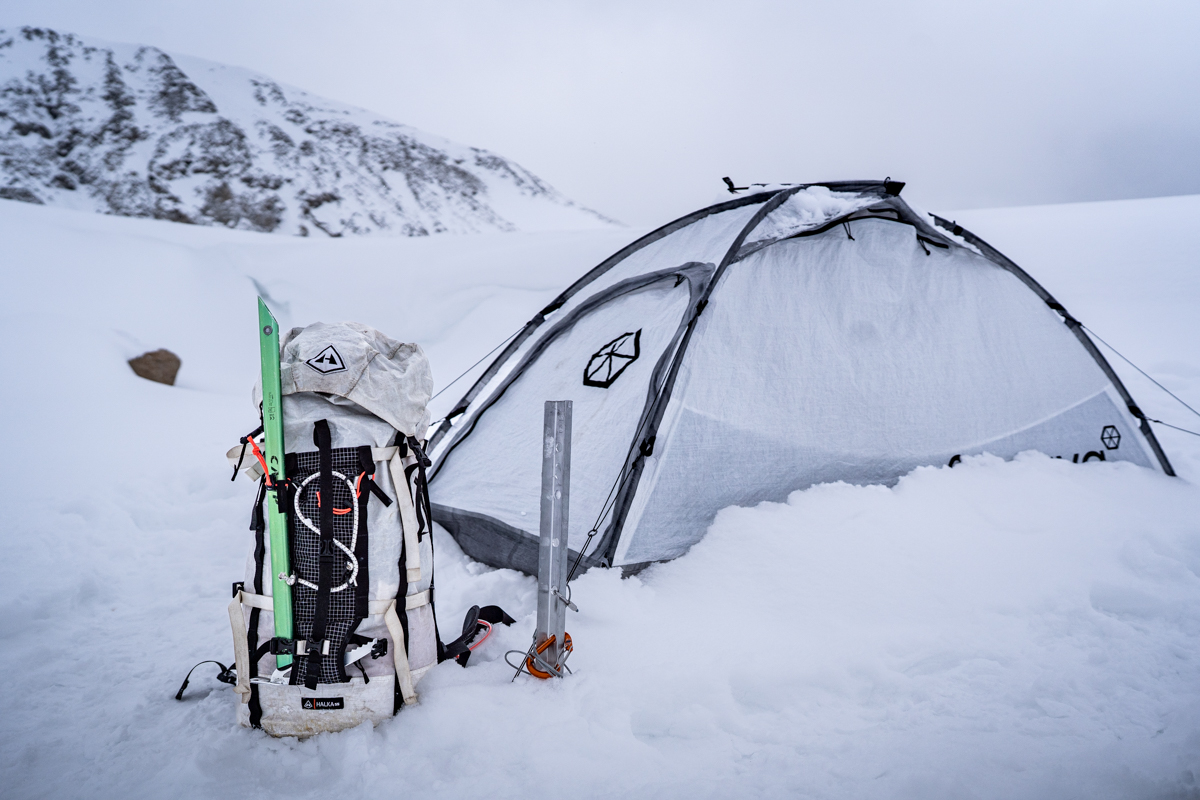
That said, I did experience two notable design flaws: One of the load lifters broke early on in our trek, and one of the hooks pulled off of the front-facing crampon bungee strap. These weren't game-changers, but were frustrating to navigate mid-trip. Not only that, I ran into a head Sherpa of another expedition who was rocking the 70L Halka, and the exact same load lifter broke on his pack (pictured below). On both of our packs, the strap itself didn't break, but rather the flimsy plastic clip used to secure the webbing of the load lifter to the shoulder straps. This would be a very easy fix by reinforcing those clips, or just sewing them directly to the shoulder straps. Seeing the exact same clip failure on both models of this pack in Nepal (and on the same side) underscores the need to address this issue on future Halka iterations, in my opinion. The plastic clips allow you to quickly remove the floating lid if need be, but I would prefer they prioritize durability over ease of use in components like this. Regardless, both failures were easily fixed in the field (with zip ties in this case), and caused me zero issues the rest of our trip.
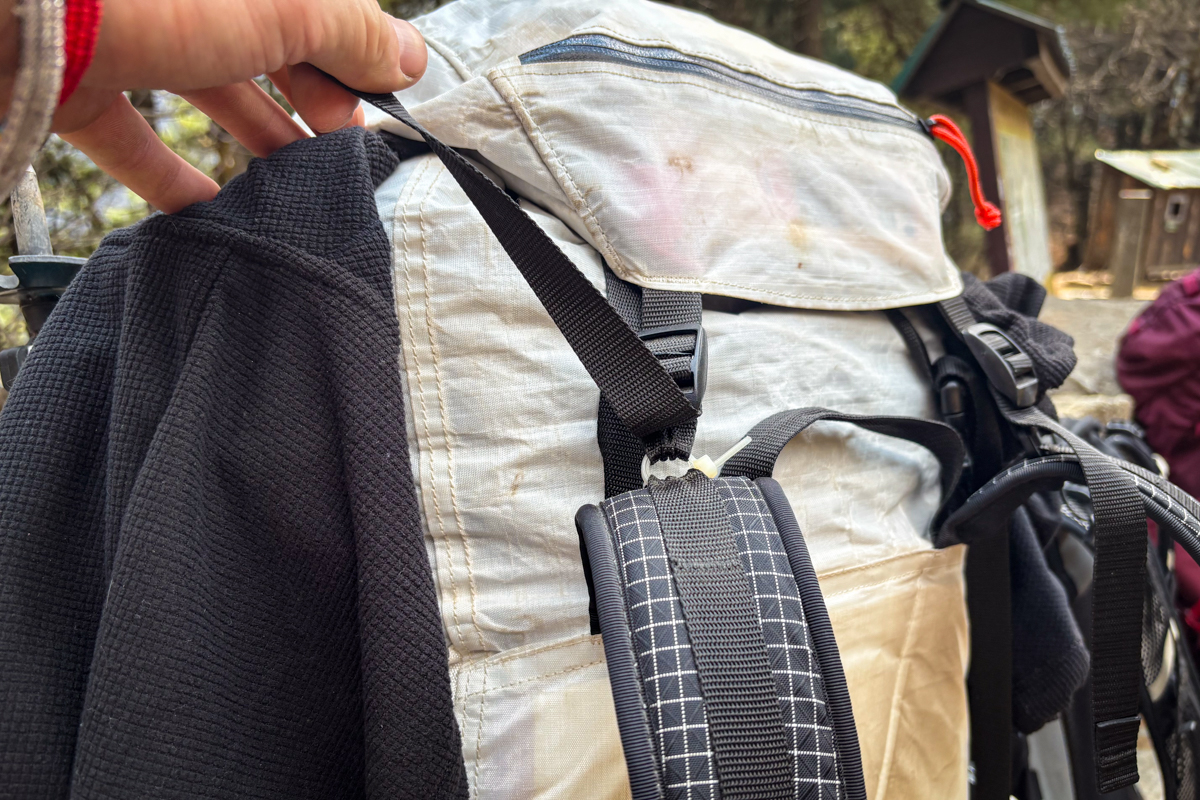
One of the most pleasant surprises with the Halka 55 was how well it fit my body right out of the gate. From the moment I shouldered it for the first leg of our Nepal expedition, it felt like the pack was built specifically for me. The shoulder harness system is simple but well-executed, offering just enough points of adjustment to dial things in without becoming overly complex or cumbersome in the field. I landed on a size medium for my 5' 10" build, which was just about perfect, and HMG's torso measurements seem to be pretty spot on. The Halka is offered in small, medium, large, and tall. What I appreciated most, however, was how easy it was to shift weight distribution as the trip wore on.
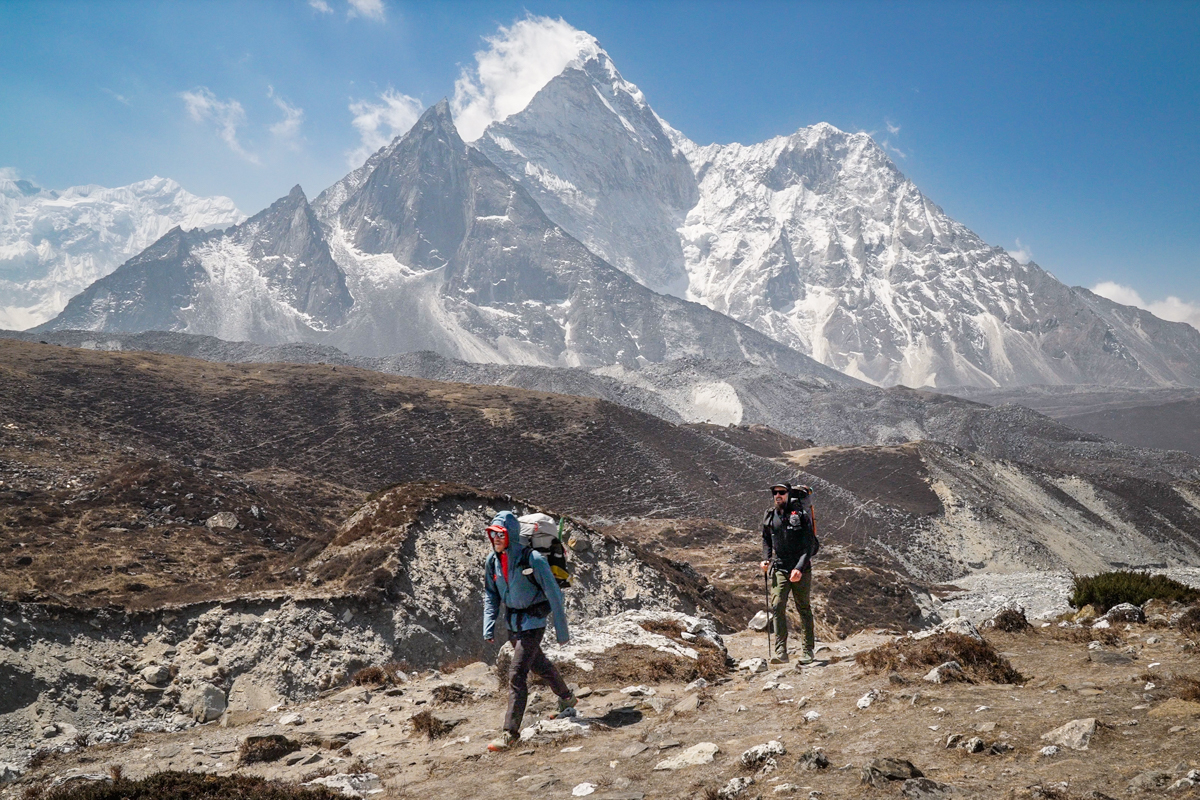
This was especially important for me since I had a heavy camera strapped to my left shoulder strap most days. Whether I was climbing steep alpine passes or descending rocky scree fields, I could cinch or loosen the shoulder straps, hipbelt, sternum strap, and load lifters to move pressure around and avoid over-fatiguing a single part of my body. That versatility made a huge difference on high-mileage days, especially as my energy levels fluctuated and the pack’s contents lightened. For a climbing-focused ultralight pack, it strikes an appropriate balance between simplicity and adjustability, and for my frame, at least, the fit was just about perfect. It is important to note, though, that the Halka does not allow you to change the length of the torso or placement of the hip straps.
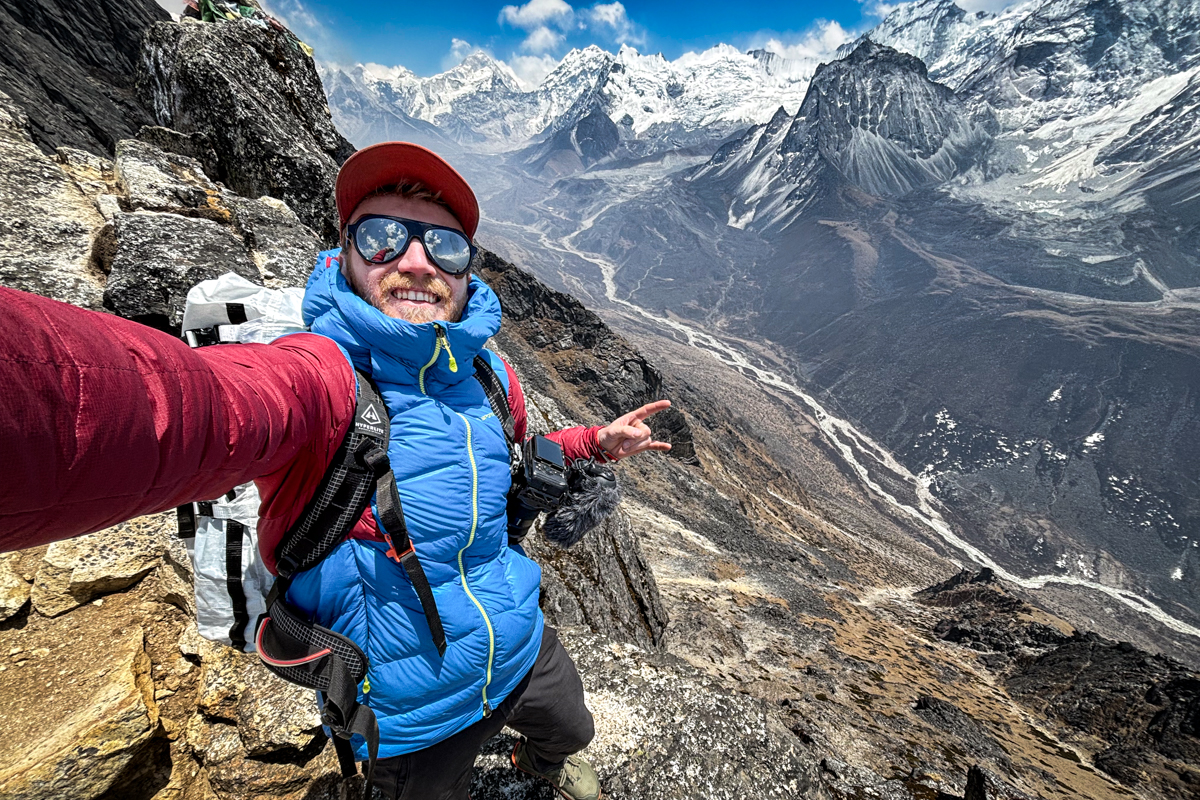
For those needing to haul more gear into the alpine, HMG offers the Halka in a larger 70-liter version. The primary difference between the 55 and 70-liter models is the addition of two external side sleeves on the 70L, designed to securely carry oxygen bottles, pickets, wands, etc. These additions make the 70L a better fit for guides or team leads tasked with carrying extra equipment, while the 55L is more streamlined and ideal for clients or climbers looking to keep things light without sacrificing durability or performance. Both versions are capable alpine haulers, but the choice ultimately comes down to how much gear you need to bring into the mountains.
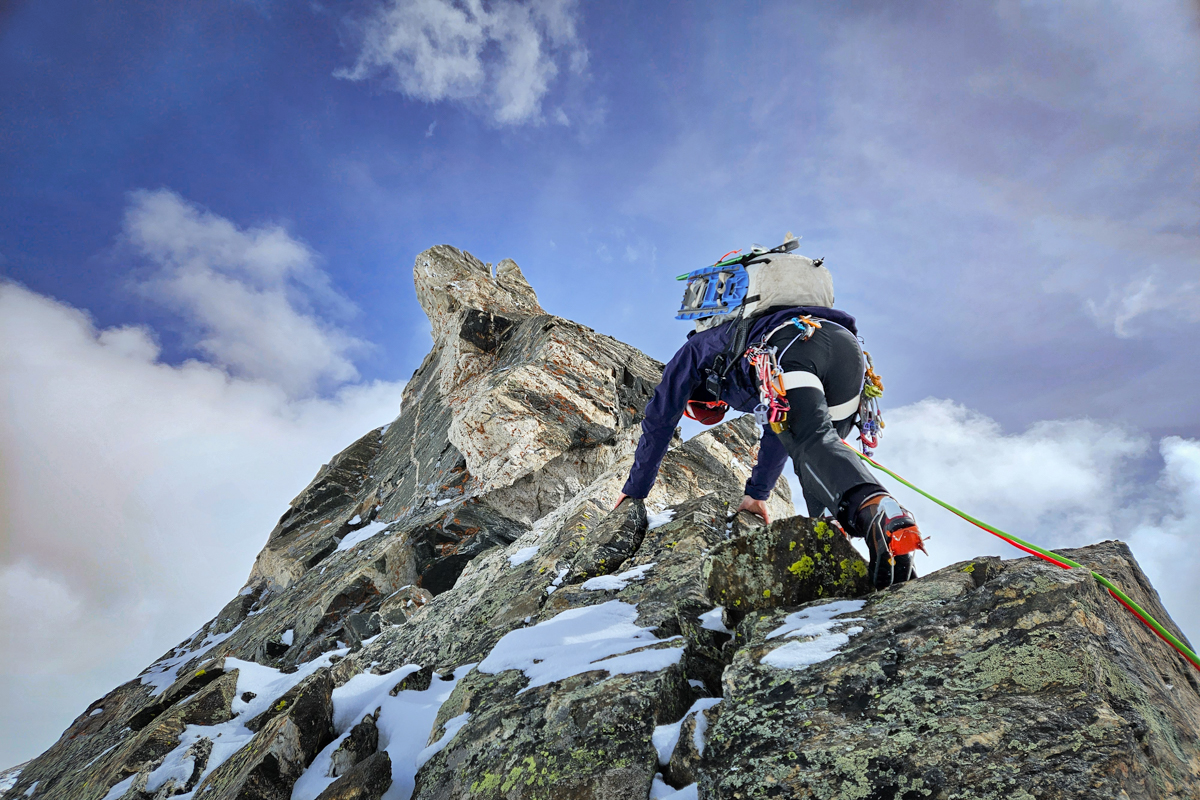
The oxygen-specific pouches on the 70L are undeniably attractive for climbers with 8,000-meter peaks in their crosshairs, leaving the entire internal volume of the pack open for the rest of your gear. The single internal vertical daisy chain on the 55L is designed to strap an oxygen tank to, but, as I mentioned earlier, requires extra Voile straps, which are unfortunately sold separately. We do wish HMG included these in the order, considering the Halka's steep price tag and the fact that this feature is one of their primary selling points.
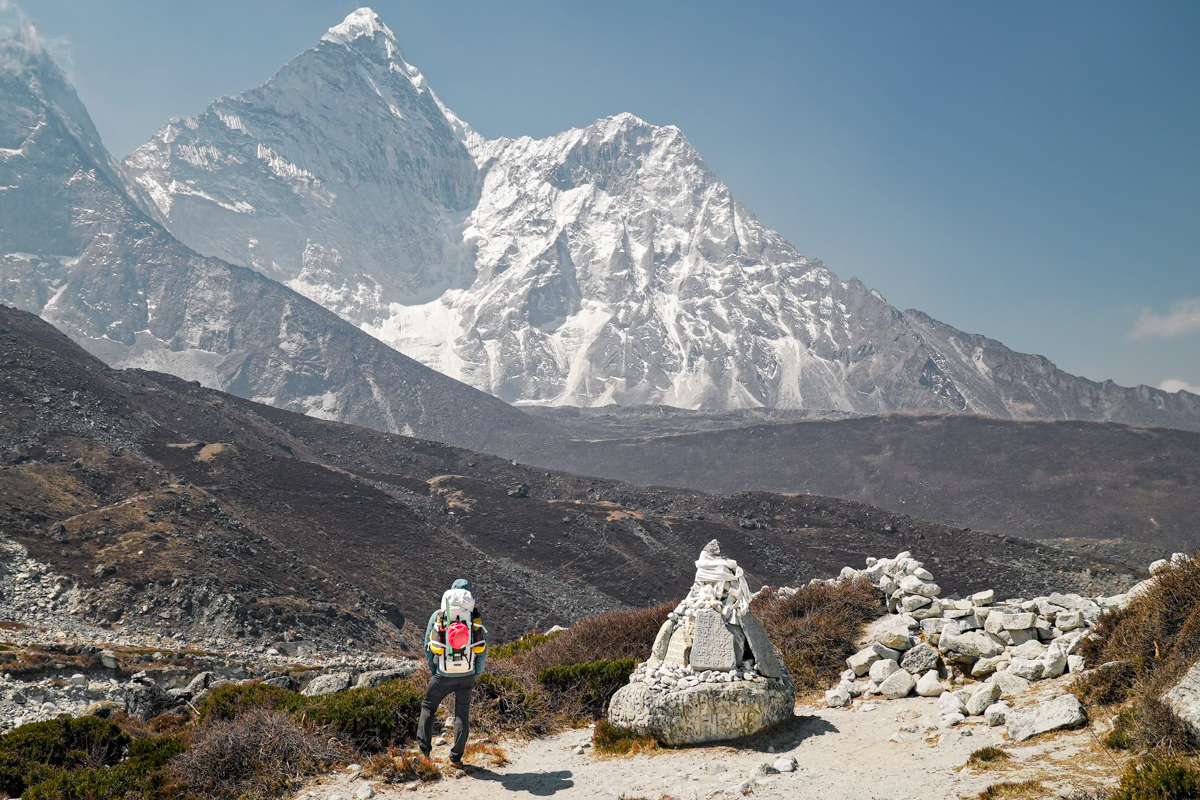
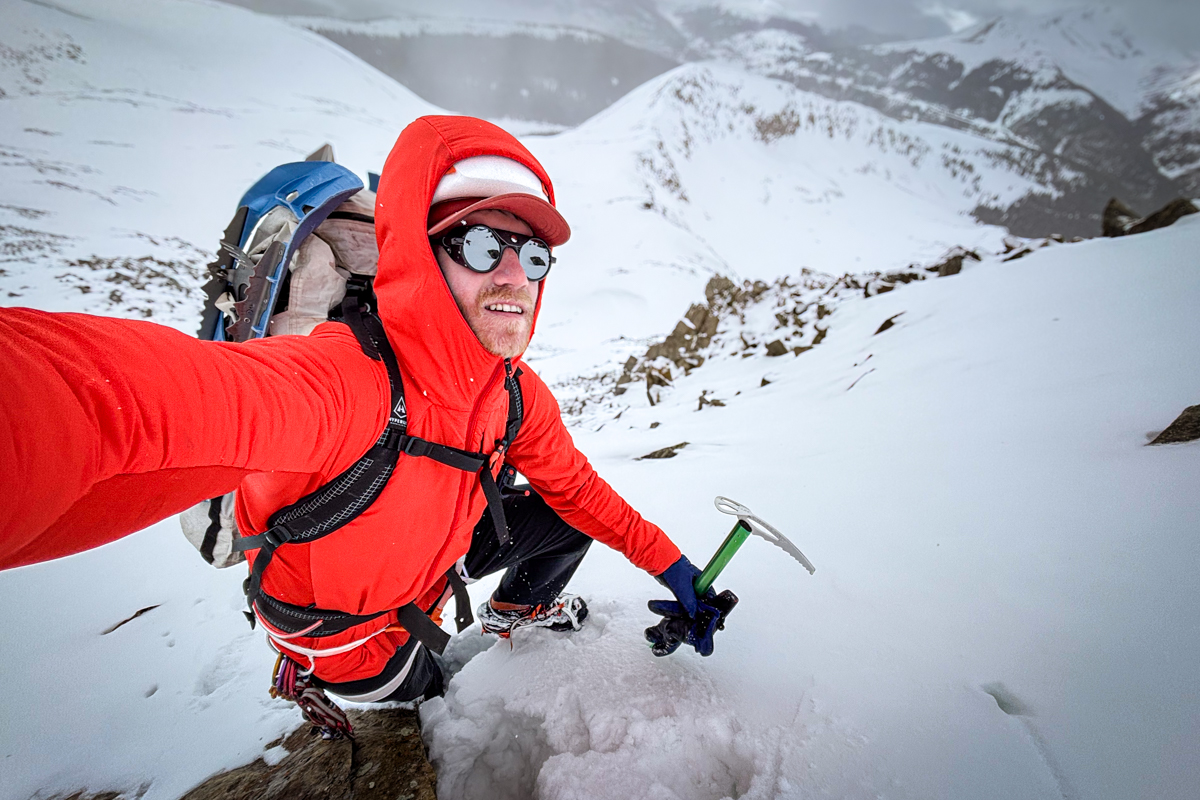
| Backpack | Price | Category | Weight | Capacities | Fabric |
|---|---|---|---|---|---|
| HMG Halka 55 | $425 | Alpine | 2 lb. 11.5 oz. | 55, 70L | Dyneema & Nylon (150D & 210D) |
| Osprey Mutant 52 | $230 | Alpine | 3 lb. 3.6 oz. | 22, 38, 52L | Nylon (210D & 450D) |
| Patagonia Ascensionist 55 | $289 | Alpine | 2 lb. 12.0 oz. | 35, 55L | Nylon (210D) |
| HMG Ice Pack 55L | $389 | Alpine | 2 lb. 3.3 oz. | 40, 55, 70L | Dyneema (50D & 150D) |
Climbing packs come in many forms—from compact follower packs and cragging bags to full-on alpine haulers built for multi-day objectives in rugged terrain. The Hyperlite Mountain Gear Halka 55 lands squarely in the latter category, going head-to-head with other top-tier alpine-focused packs like the Osprey Mutant 52 and Patagonia Ascensionist 55. The Ascensionist stands out for its modular design: You can strip it down by removing the lid, frame, and hipbelt padding for streamlined climbing, or load it up using its rope strap and side compression straps for the approach. It's also slightly lighter than the Halka at 2 pounds 12 ounces, and we’ve found it moves especially well on technical terrain. We've also used previous iterations of the Ascensionist on long, multi-month backpacking trips with stellar results. The Osprey Mutant, by contrast, wins out in plushness and support on long, gear-heavy hauls thanks to its beefier suspension and padding. The Halka slots somewhere between the two: It's lighter and more weather-resistant than the Mutant, more durable and structured than the Ascensionist, and has a distinctly alpine build that prioritizes simplicity, comfort, and long-haul performance. For climbers who want a minimalist but capable pack that can handle big loads deep into the mountains, the Halka is one of the best options out there.
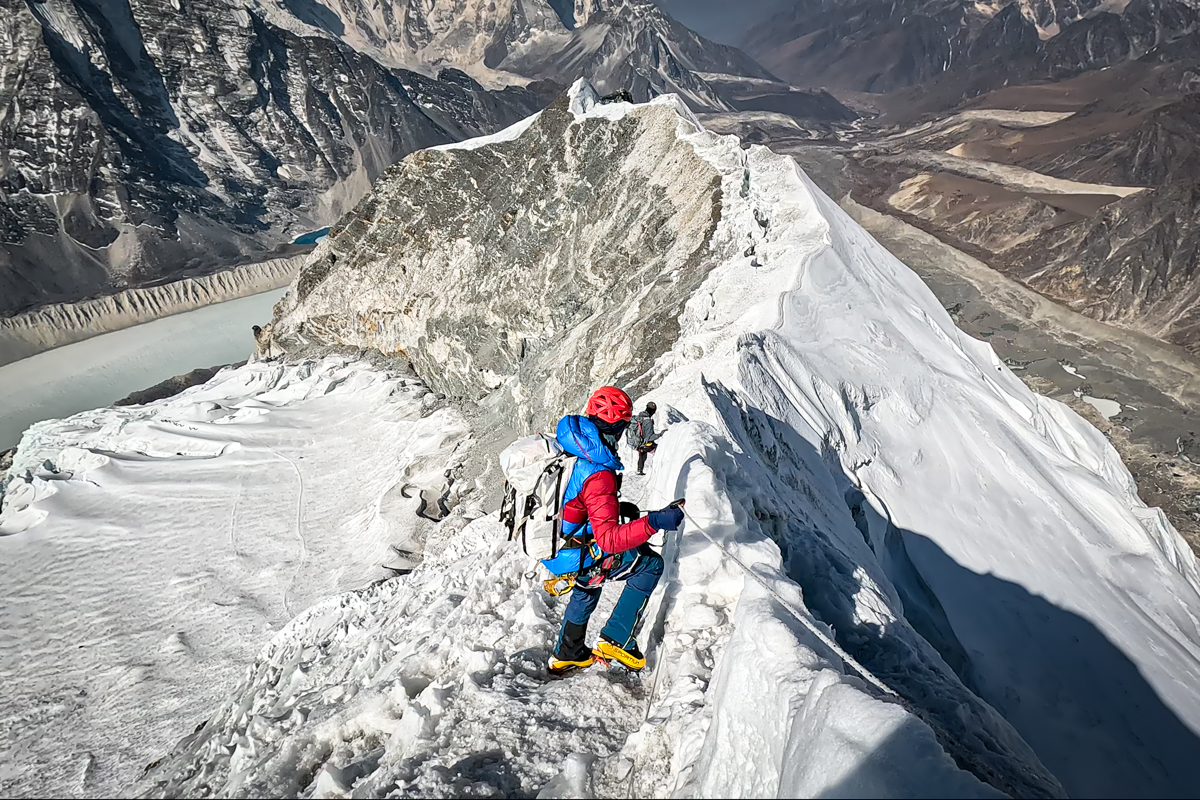
The next obvious comparison is to Hyperlite Mountain Gear's own 55-liter Ice Pack. This streamlined climbing pack is a bit lighter (2 lb. 2.3 oz. for the medium 55L), doesn't include an internal daisy chain to mount an oxygen tank, and doesn't have a floating lid. As such, it also doesn't have load lifters, which is a pretty substantial sacrifice for me. It's made with DCH50 on the main body and DCH1150 on the bottom, a step down in durability from the Halka's DCH150 main body. Finally, the hipbelt is a bit more stripped down, with two gear loops instead of one and a hipbelt pouch. In the end, both models are worthy alpine climbing packs with generous internal volume, but the Ice Pack is more for the streamlined ice climber looking to shave their baseweight to the absolute minimum.
Back to the Hyperlite Mountain Gear Halka 55 Review See Our Climbing Backpacks Guide